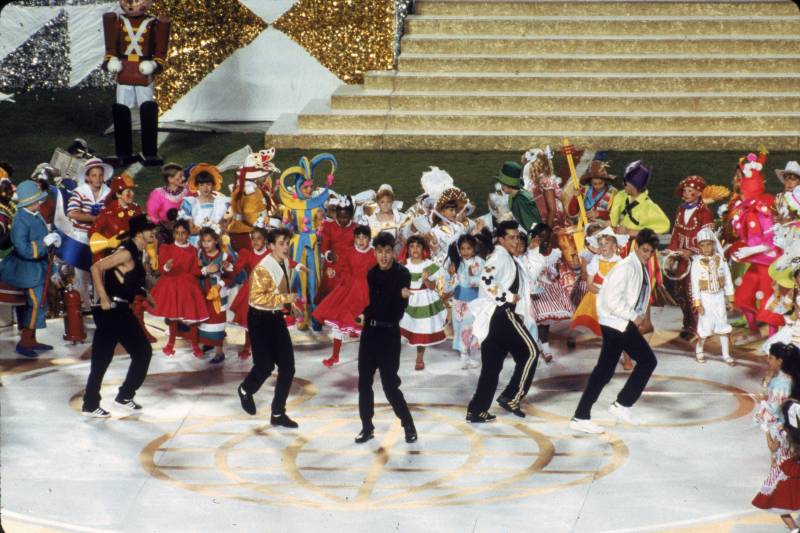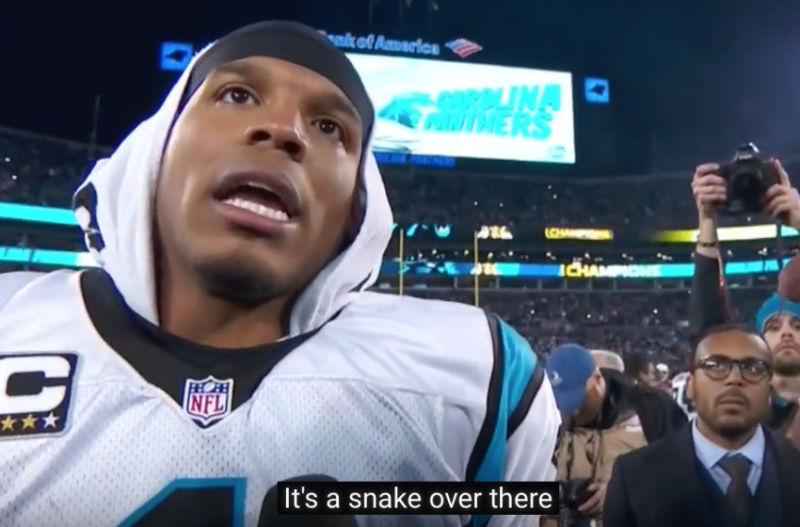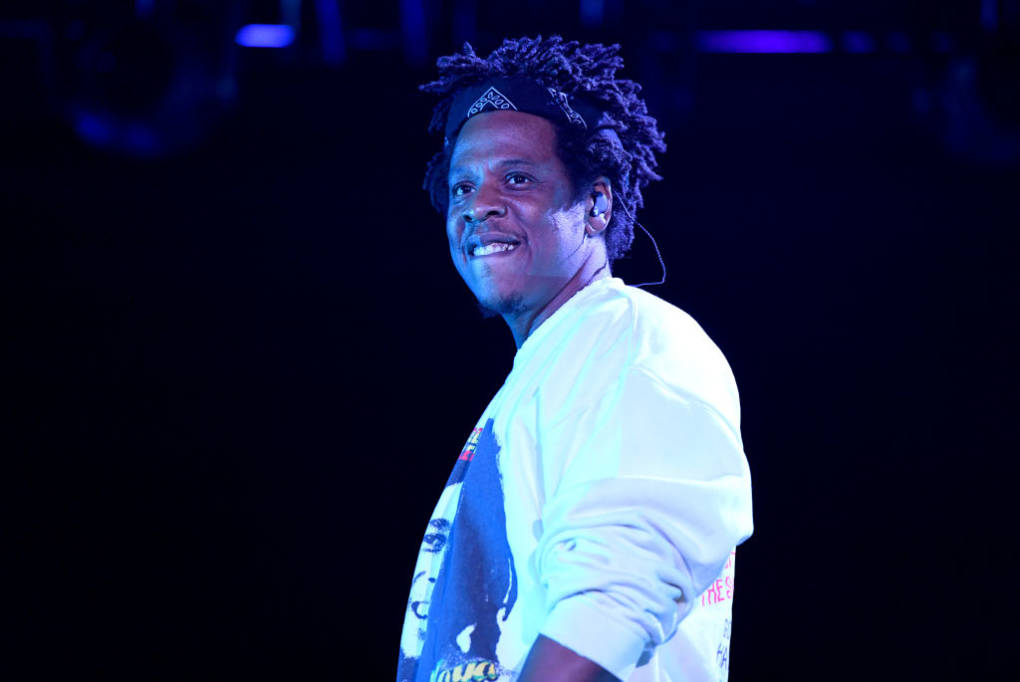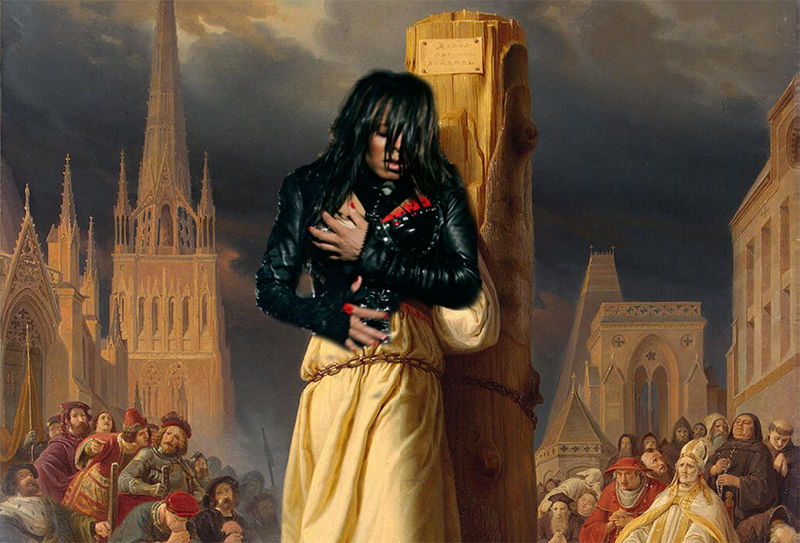Carol Channing was invited back again two years later, when Ella Fitzgerald and Al Hirt performed a rendition of “Mack the Knife” as part of a single-song “tribute to Louis Armstrong.” And by ’73, Andy Williams had been dragged in to pelt the crowd with two easy listening gems while the Michigan Marching Band did its thing.
Despite the fact that the flashiest thing about Williams’ performance was his belt, in subsequent years, the decision was made to return to simpler times. For the next 15 years, marching bands performing a grab bag of “themes” dominated.
These regimented “salutes” ranged from fairly reasonable celebrations (America’s bicentennial, “the Big Band era,” Hollywood’s 100th Anniversary), to totally random subjects (Duke Ellington, the Caribbean, Motown). And in between, there were moments of abject surreality (“World of Children’s Dreams,” “KaleidoSUPERscope” and “Beat of the Future,” anyone?)
Occasionally, flagrant advertising would interrupt proceedings—even more so than Pepsi does now. The most egregious example of this was 1977’s “It’s a Small World.” Produced by The Walt Disney Company, the halftime exhibition featured grinning but under-utilized Mouseketeers, a human reproduction of Disneyland’s “It’s a Small World” ride and, for reasons that remain unclear, green-hooded figures waving white sheets in formations that made… nothing.
1987’s “Hollywood’s 100th Anniversary” special with George Burns, as well as New Kids On The Block’s weird, child-laden set in 1991 also served as thinly-veiled Disney commercials.





